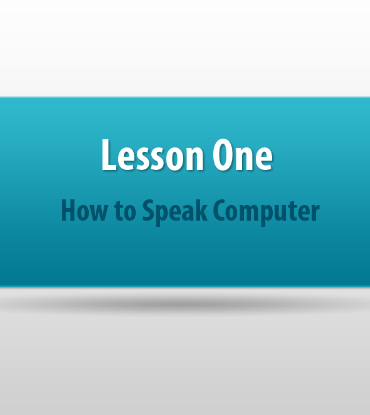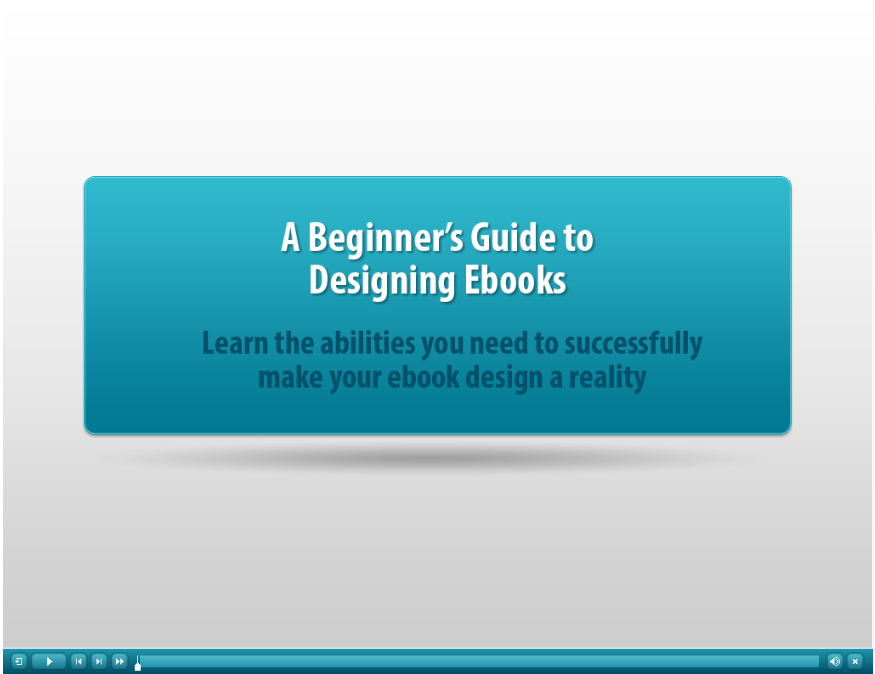
Materials from this online tutorial were used in a class I helped establish and assist teach at Portland State University
During my time as a digital content manager at Ooligan Press, I learned that there were very few students who knew how to make ebooks. Because of this, I decided I wanted the eight-hour curriculum I was tasked to make in Adobe Captivate for an instructional design elective to be an artifact that would benefit digital publishing at the press. The tutorial on this page uses instructional design principles to teach beginners how to design ebooks by learning the basics of html and css.
Instructional design is defined by instructionaldesign.org as:
The process by which instruction is improved through the analysis of learning needs and systematic development of learning materials. Instructional designers often use technology and multimedia as tools to enhance instruction.
More simply, it's finding out the specific, measurable outcomes a learner needs to achieve from instruction before developing lesson plans around those outcomes. Informing the learners of these desired outcomes and providing feedback along the way are also big parts of instructional design. Learning materials are seen as prototypes that the instructor can adapt after seeing their effectiveness.
These were the lessons and measurable outcomes of my tutorial:
- Recognize how a computer extracts document structure from a markup language
- Define markup language
- Locate the parts of the document that need markup
- Construct a document tree
- Identify the source of markup errors
- Translate any manuscript into a structured digital document by writing html
- Identify important html tags and their attributes
- Label the parts of the document that need html tags
- Fix markup errors identified in previous lesson
- Use links to travel across text
- Access and insert image files
- Customize the interior design of an ebook by using css
- Explain the relationship between html and css
- Illustrate the css box model
- Use basic selectors and declarations
- Link to stylesheets
- Recall technical limitations of ebook styling
Instead of jumping right in to html like most online coding tutorials do—and scaring off the people who were apprehensive to begin with—the tutorial pulls back and spends time explaining how coding works. The goal is to debunk the surprisingly common myth that computers have one sole purpose of causing people frustration. Can coding be frustrating? Yes, but it’s the person who's always in control—not the computer.
You can read more about my philosophy on helping learners grasp digital literacy on the Digital Education section of my portfolio.
